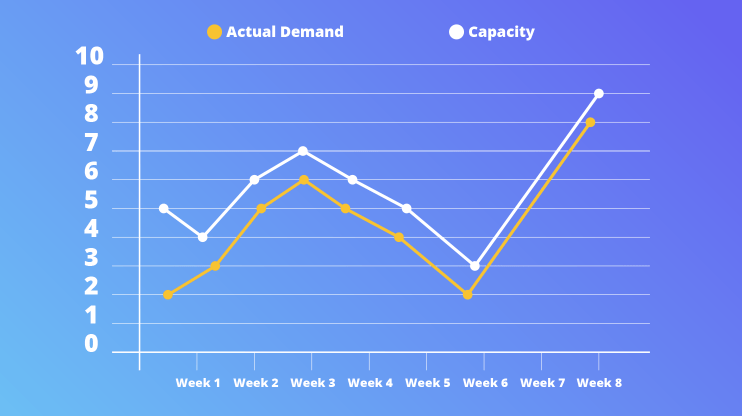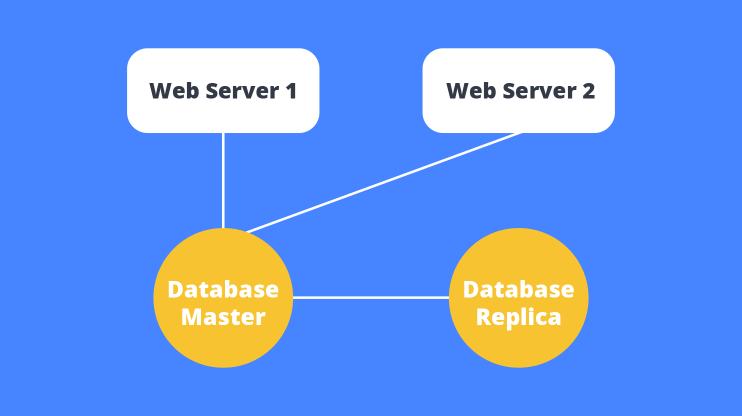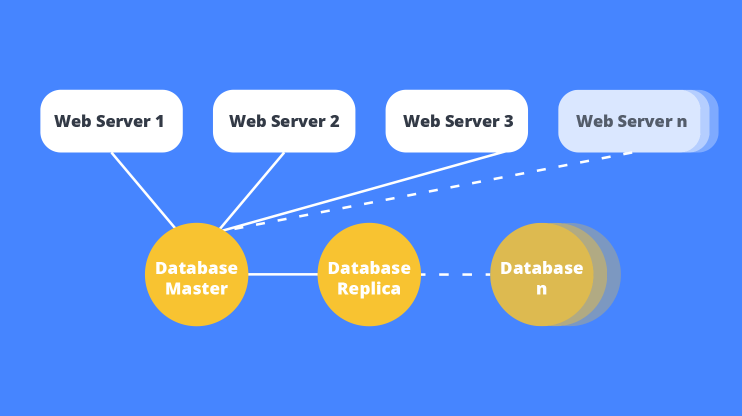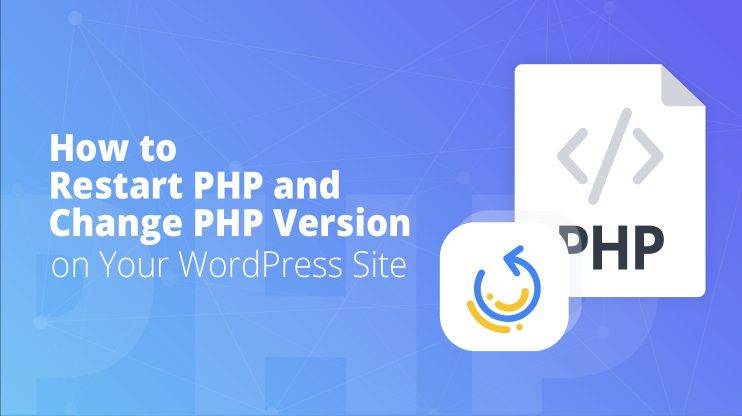Cloud computing services offer many features that are appealing to their respective adopters, especially when they’re set up in large corporate infrastructures. It’s no surprise they’re getting more and more popular: Cloud computing assists in many different aspects starting from a website’ cost, security, and accountability to reliability and ease of access.
One such aspect is the cloud’s elastic and scalable capabilities, that have risen to form one of the most important features of cloud services. To put it simply, these two features are responsible for the way your website handles traffic and its possible surges.
People often mix elasticity and scalability with one another or consider them as one and the same.
There are some key factors that differentiate these two features from one another. This article will help shed some light on the difference between cloud elasticity and scalability in cloud computing and help you better choose which one is more useful to your needs.
Elasticity vs scalability
Let’s get right to the point: What’s the key difference between cloud elasticity and scalability?
Cloud elasticity does its job by providing the necessary amount of resources as is required by the corresponding task at hand. This means that your resources will both shrink or increase depending on the traffic your website’s getting. It’s especially useful for e-commerce tasks, development operations, software as a service, and areas where resource demands constantly shift and change. Elasticity is also great for the businesses and blogs which experience short-lived occasion-based spikes in business or views and want to keep their site accessible for that period but don’t want to upgrade their plan to accommodate more traffic constantly. Elasticity also implies the use of dynamic and varied available sources of computer resources.
Scalability tackles the increasing demands for resources, within the predetermined confines of its allocated resources. It adds (but doesn’t subtract) its static amount of resources, based on however much is demanded of it. It’s the more cost-saving choice and it’s useful for tasks and environments where the workload is stable and has a predictable capacity and growth planning. Typically, scalability implies the use of one or many computer resources, but the number is fixed, instead of being dynamic.
Cloud elasticity
Elasticity provides the functionality to automatically increase or decrease resources to adapt dynamically based on the workload’s demands. Even though it could save some on overall infrastructure costs, elasticity isn’t useful for everyone. Services that do not exhibit sudden changes in workload demand may not fully benefit from the full functionality that elasticity provides.
Cloud Elasticity utilizes horizontal scaling allowing it to add or remove resources as necessary. This method is much more popular with public cloud services, through pay-per-use or pay-as-you-grow. This way, users of this service pay only for the resources they consume. In the digital world, elastic scaling works by dynamically deploying extra virtual machines or by shutting down inactive ones.

Retail sites benefit greatly from Cloud Elasticity due to seasonal surges. Activity spikes during Black Friday sales or the holiday season put a lot of stress on retail sites.
Instead of paying for and adding permanent capacity to handle increased demand that lasts a few days at a time, they’ll pay only for the few days of extra allocated resources by going with elastic services. This allows sites to handle any unexpected surges in traffic at any given time, with no effects on performance.
Cloud scalability
Scalability provides the ability to increase the workload capacity within a preset framework (hardware, software, etc.) without it negatively affecting performance. To provide scalability the framework’s capacity is designed with some extra room to handle any surges in demand that might occur.
Scalability works on either vertical scaling or horizontal scaling. Allowing the framework to scale either up or out, to prevent performance demands from affecting it. In some cases whenever the allocated resources are considered unnecessary, the manager can scale down the framework’s capacity to a smaller infrastructure.
When elasticity and scalability collide
Some cloud services offer both elastic and scalable solutions. Allowing users to increase or decrease their allocated resource capacity based on necessity, while also offering a pay-as-you-grow option to expand or shrink performance to meet specific SLAs (service level agreements). Having both options available is a very useful solution, especially if the users’ infrastructure is constantly changing.
Sometimes elasticity and scalability are presented as a single service, but each of these services provides very distinct functionalities. It’s up to each individual business or service to determine which serves their needs best. As a general go-to rule, elasticity is provided through public cloud services, while scalability is provided through private cloud services.
What do Elasticity and Scalability mean for WordPress?
Horizontal scaling (scaling out) is the definite key in running a successful WordPress website. The solution to running a WordPress website is to consistently handle any amounts of traffic, small or large.
Achieving this no-downtime consistency is possible through elastic scaling. A successful WordPress website must host itself elastically on multiple servers, to avoid the pitfalls of single server hosting and vertical scaling.
With elasticity, you’re ensuring High Availability to your WordPress website. Providing this characteristic to your website is almost impossible on a single server structure. A simple example of how horizontal scaling takes care of your website’s consistent uptime and performance might look like this:

This infrastructure adds more PHP Application servers (Web Servers) and replica databases that immediately increases your website’s capacity to withstand traffic surges when under load. The example above displays the “horizontal” build of this infrastructure.

On top of that, this infrastructure allows so that if any of your web servers go down, another one immediately takes its place. Similarly, if a master database shuts down a replica database replaces it on the spot as the new master. This way, no individual server or database can cause your website to shutdown or experience any downtime.
This functionality alongside horizontal scaling, makes sure that your website is classified with High Availability. This framework allows WordPress sites to push millions of views if not hundreds of millions.
Elastic WordPress Cloud hosting
With website traffic reaching unprecedented levels, horizontal scaling is the way of the future. That’s why you need to make sure that you secure yourself a hosting service that provides you with all the necessary components that guarantee your website’s High Availability.
That’s where 10Web’s Cloud hosting service comes in. Not only does your site get hosted on Google Cloud, with state-of-the-art technologies ensuring your website’s high speed, advanced backup service, migration, staging, and more, but you’ll also provide your website with the elastic (horizontal) scaling it deserves. Meaning, that your site will never go down due to increased traffic, leading to happier visitors and an increase in conversions.
If you’re wondering what other factors and features you need to take into account when choosing a WordPress hosting provider, check out this article with 5 tips that are sure to be useful.
Fully Managed WordPress Hosting
Check out 10Web's hosting with elastic scaling on Google Cloud
Fully Managed WordPress Hosting
Check out 10Web's hosting with elastic scaling on Google Cloud

Hope this article helped you understand the difference between elasticity and scalability in cloud computing and you’ll never mix them up again. If you have any questions, we’ll be more than happy to answer them in the comments!








